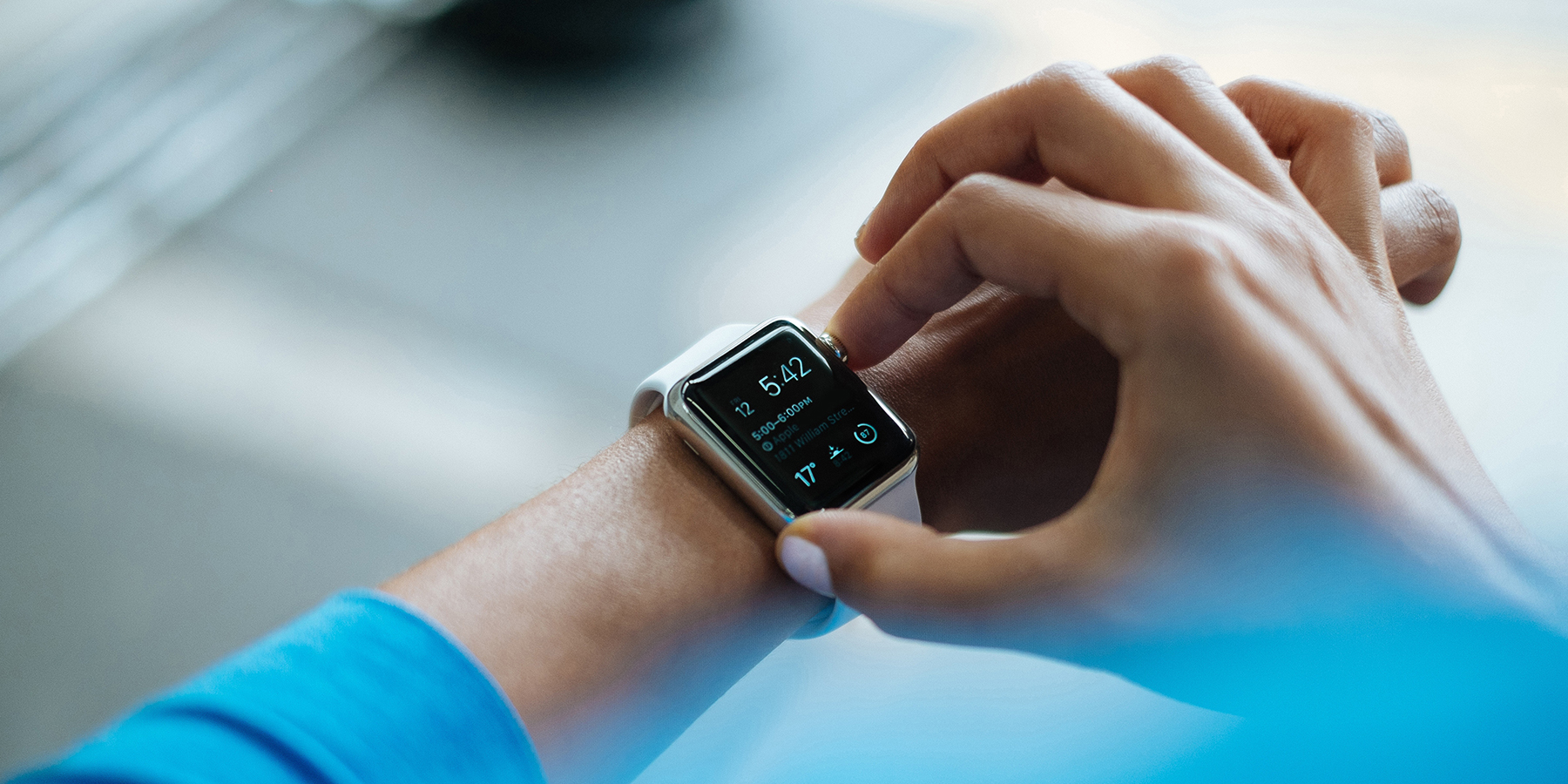There seems to be a latent suggestion online, one introduced by brands, that we all need to decide what kind of healthy person we want to be. Every progress photo includes a promo code in the caption, and every protein powder brand has a blog of free workout routines. But talking about your body is personal. I only allow the women in my inner circle to follow my private “wellness” Instagram, and I try to avoid telling coworkers and friends about my new regimen. I don’t know if employees name-drop Under Armour across the site, but if they do, the copy sounds pretty genuine and helpful. When your brand posts before-and-after photos of “regular” looking people who credit your products with their success, the call to action (like, comment, and subscribe) is implied. After reading hundreds of blog posts, it becomes easy to discern the difference between content made solely to promote a brand and good content that answers user questions. While I’m reading a blog post about protein or metabolism or squats, I try to pick out the implied CTA. Asking questions about the audience is always a helpful exercise. The dance studio I attend runs a blog called 305: The Online Mag.
A few months ago, I decided to improve my lifestyle and eating habits. The process has made me into a different kind of consumer in more ways than one. I’ve gotten to the point where I read fitness content as carefully as I read menus.
Before trying to live healthier, I had no idea how much fitness content was floating around online. We’re surrounded by messages about our bodies all day, and every few years someone will proclaim they’ve developed a shiny new way to get healthy. Blogs from athleisure brands, food companies, gyms, doctors, hospitals, dance studios, and fitness companies all churn out content on the fad diet du jour.
There seems to be a latent suggestion online, one introduced by brands, that we all need to decide what kind of healthy person we want to be. Are you a body-builder? A dancer? What are your “trigger foods”? Are you a meal-prepper? Which app do you use to track calories, nutritional facts, workouts, and progress?
Since so much content about health and fitness comes from brands and Instagram models, quality and trust aren’t always guaranteed. Every progress photo includes a promo code in the caption, and every protein powder brand has a blog of free workout routines. There’s such an emphasis on products and promotion, perhaps more than any other industry. Approaching all of that marketing as a consumer revealed a few crucial insights about approaching an audience, improving content distribution, and finding the right tone.
Let audiences build their own communities
I’ve read a lot of branded blog posts which end with something along the lines of, “What do you think about this topic? Make sure to sound off in the comments!” The hunger for attention is obvious and understandable. But talking about your body is personal. I only allow the women in my inner circle to follow my private “wellness” Instagram, and I try to avoid telling coworkers and friends about my new regimen.
The brand that coaxes its audience into engagement most effectively seems to be Under Armour, which owns the wildly popular free app MyFitnessPal. Under Armour separates its content across three blogs and an original video channel, all of which have comment sections filled with earnest people asking questions. There’s also a subreddit with more than…

COMMENTS